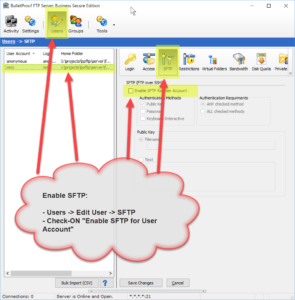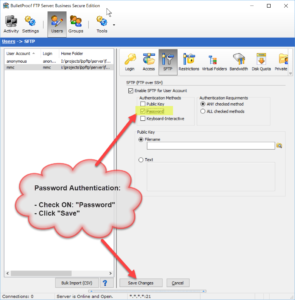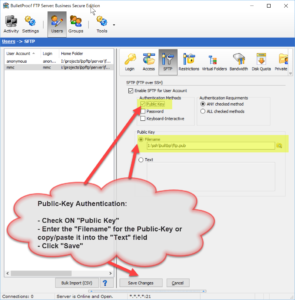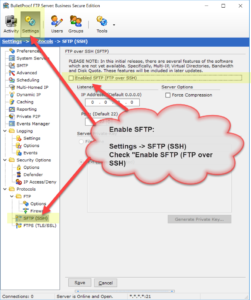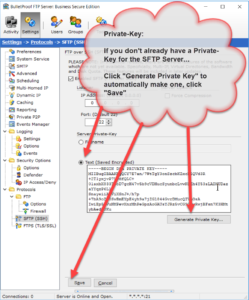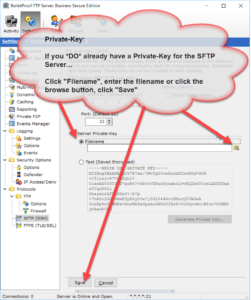Starting sometime last weekend, McAfee updated their virus definitions and is now erroneously identifying our software as containing a virus. We are working with McAfee to get this fixed and we’re hoping to get it resolved ASAP!
STATUS: RESOLVED!
As of today, Sep 10, 2008, McAfee has been very responsive and resolved the issue with their latest Virus DAT 5380. If you are experiencing a problem, make sure your Anti-Virus is update to date.
PROBLEM DESCRIPTION
The problem seems to manifest itself in two different ways:
1) BPFTPSERVER.EXE is our main executable and in Virus Definition DAT 5379, the file is being misidentified as “potentiallyFalse Trojan“. As of today, Sep 9 2008, we received word back from McAfee that this has been corrected with Virus Definition DAT 5380.
2) BPFTPSERVER-SERVICE.EXE is the executable which manages BPFTP Server while it’s running as a Windows Service. In the current virus definition DAT 5379, this is being misidentified as “G6SERVICE Potentially Unwanted Program”. While we’re not sure why it got labeled as a “potentially unwanted program”, the G6SERVICE piece is because it shares a majority of code with an ancestor of BPFTP Server called G6FTP Server, which was rebranded about 6 years ago. As of today, Sep 10, we’ve configirmed that Virus Definition DAT 5380 fixes the problem.
FIXING THE CORRUPTION CAUSED BY MCAFEE ANTI-VIRUS
Again, we are working with McAfee to get this corrected as soon as possible as it certainly affects us all very much. Please continue to make sure your virus definitions are up-to-date with McAfee, alternatively you can tell it to ignore the installation directory for the software and prevent this problem from ocurring.
If McAfee Anti-Virus has already deleted these files, they can be resurrected by downloading/installing the current version from our website. Before installing the current version, please copy the *.INI files from your installation directory to a safe location and install in the same directory. This will help to ensure that everything goes smoothly with your upgrade.
